Meaning: as a conclusion of
Formation:
Verb-casual, past + 末(に)
Noun + の末(に)
日本語 / にほんご / Japanese
(1) いろいろ考えた末に、私は会社を辞めることにした / 辞めることにしました。
(2) いろいろ検討した末、私たちは凶暴なコアラを檻の中に入れた / 入れました。
(3) さまざまな外国語学習方法を試した末、私は音読することが効果的だと理解した / 理解しました。
(4) 長期間にわたる交渉の末、彼は同意した / 同意しました。
(5) 激しい議論の末、私たちはようやく結論にたどり着いた / たどり着きました。
(6) 試行錯誤の末、彼はふと正しい答えを思いついた / 思いつきました。
ことばと表現 / Words & Expressions
檻【おり】cage
凶暴な【きょうぼうな】ferocious
たどり着く【たどりつく】to reach
試行錯誤【しこうさくご】trial and error
英語 / えいご / English
(1) As a conclusion of thinking about various things for a long time, I decided to leave the company.
(2) As a conclusion of considering various things, we put a ferocious koala in the cage.
(3) After trying various learning methods of foreign languages, I understood that reading aloud is effective.
(4) As a conclusion of a long-running negotiation, he agreed.
(5) As a conclusion of an intense debate, we finally reached a conclusion.
(6) Through trial and error, he found the right answer by chance.
ひらがな / Hiragana
(1) いろいろ かんがえた すえに、わたしは かいしゃを やめる ことに した / やめる ことに しました。
(2) いろいろ けんとう したすえ、わたしたちは きょうぼうな コアラを おりのなかに 入れた / いれました。
(3) さまざまな がいこくご がくしゅう ほうほうを ためした すえ、わたしは おんどくすることが こうかてき だと りかいした / りかい しました。
(4) ちょうきかんに わたる こうしょうの すえ、かれは どういした / どういしました。
(5) はげしい ぎろんの すえ、わたしたちは ようやく けつろんに たどりついた / たどりつきました。
(6) しこうさくごの すえ、かれは ふと ただしい こたえを おもいついた / おもいつきました。
ローマ字 / Roman letters
(1) Iroiro kangaeta sue ni, watashi wa kaisha o yameru koto ni shita/ yameru koto ni shimashita.
(2) Iroiro kentō shita sue, watashitachiha kyōbōna koara o ori no naka ni ireta/ iremashita.
(3) Samazamana gaikoku-go gakushū hōhō o tameshita sue, watashi wa ondoku suru koto ga kōka-tekida to rikai shita/ rikai shimashita.
(4) Chōkikan ni wataru kōshō no sue, kare wa dōi shita/ dōi shimashita.
(5) Hageshī giron no sue, watashitachi wa yōyaku ketsuron ni tadoritsuita/ tadoritsukimashita.
(6) Shikōsakugo no sue, kare wa futo tadashī kotae o omoitsuita/ omoitsukimashita.







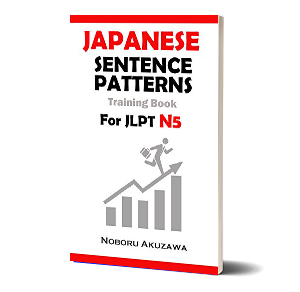
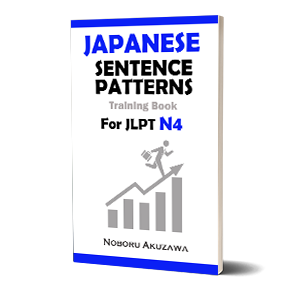


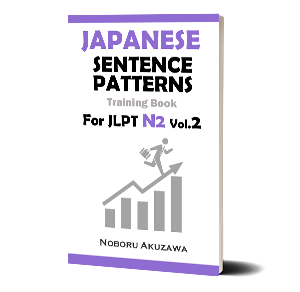
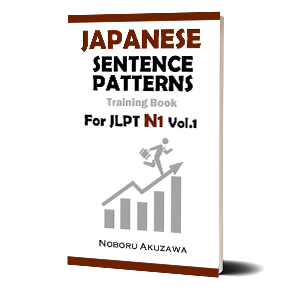
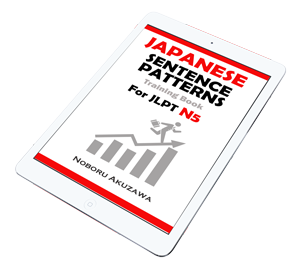
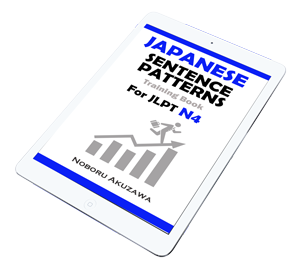
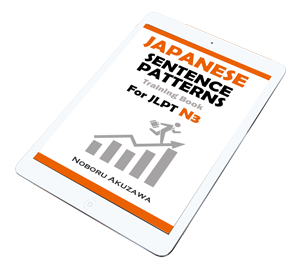
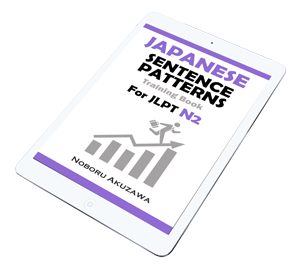
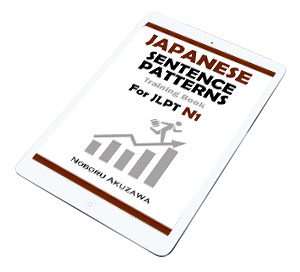









No comments yet.